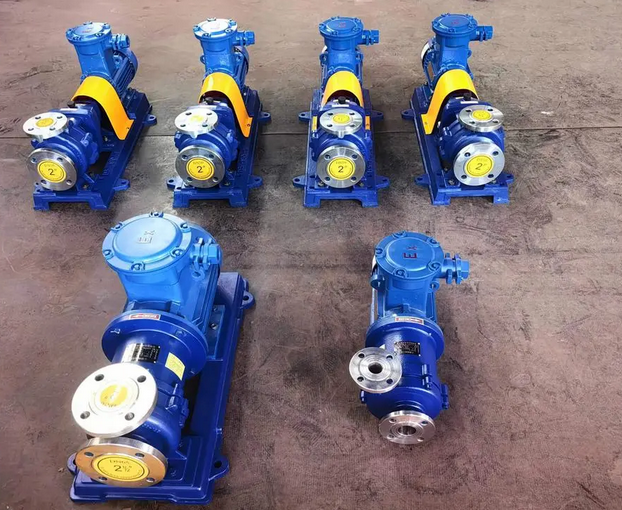Centrifugal pump head efficiency
The lift and efficiency of a centrifugal pump are important indicators for evaluating its performance. They are directly related to the working capacity and energy conversion efficiency of the pump. The following is a detailed analysis of the lift and efficiency of a centrifugal pump:
1. Lift of a centrifugal pump
Definition:
The lift of a centrifugal pump refers to the energy added by the unit gravity of the liquid from the inlet to the outlet of the pump, that is, the energy obtained by the unit gravity of the water after passing through the pump. Generally speaking, it refers to the height to which the pump can lift water. It is represented by the symbol H, and the unit is usually meter (m).
Composition:
The lift of a centrifugal pump is based on the center of the impeller and is divided into two parts: the suction lift and the pressure lift. The vertical height from the center line of the pump impeller to the water surface of the water source is called the suction lift (abbreviated as suction lift), that is, the height from which the pump can suck up water; the vertical height from the center line of the pump impeller to the water surface of the outlet pool is called the pressure lift (abbreviated as pressure lift), that is, the height from which the pump can pressurize water. The total lift of a centrifugal pump is equal to the sum of the suction lift and the pressure lift.
Calculation formula:
The calculation formula for head is relatively complex, involving factors such as the pressure of the liquid at the pump inlet and outlet, the flow rate, and the distance between the pressure measuring points. The specific formula is: H=(p2-p1)/ρg+(v2²-v1²)/2g+z2-z1, where H is the head, p1 and p2 are the pressure of the liquid at the pump inlet and outlet, v1 and v2 are the flow rates of the fluid at the pump inlet and outlet, z1 and z2 are the distances between the two pressure measuring points, and g is the acceleration of gravity.
Influencing factors:
The head of a centrifugal pump is affected by many factors, including impeller design (such as blade shape, aspect ratio, inlet and outlet design, etc.), speed, fluid properties (such as viscosity, density), and piping system characteristics.
2. Efficiency of centrifugal pumps
Definition:
The efficiency of a centrifugal pump refers to the percentage of the effective power of the pump to the shaft power, which is an important technical and economic indicator of the water pump. It is represented by the symbol η. The efficiency marked on the pump nameplate usually corresponds to the efficiency when passing the design flow, that is, the highest efficiency of the water pump.
Composition:
The efficiency of a water pump consists of three parts: hydraulic efficiency, volumetric efficiency and mechanical efficiency. Hydraulic efficiency is the efficiency reduced by friction loss, local loss and impact loss when the liquid flows through the water pump; volumetric efficiency is the efficiency reduced by leakage of liquid in the pump body; mechanical efficiency is the efficiency reduced by friction and resistance of mechanical parts. The total efficiency of the water pump is the product of these three.
Calculation formula:
The calculation formula for water pump efficiency is: η=(H×Q)/P×100%, where η is the water pump efficiency, H is the head, Q is the flow rate, and P is the power.
Influencing factors:
The efficiency of a centrifugal pump is affected by many factors, including the design and manufacturing quality of the pump, the properties of the fluid and the operating conditions (such as the viscosity, density, flow rate and head requirements of the fluid), and the selection of the operating point of the pump. High-quality design and manufacturing can reduce internal fluid friction and resistance and improve the efficiency of the pump; while reasonable selection and operating point selection can enable the pump to operate in a more efficient working range.





